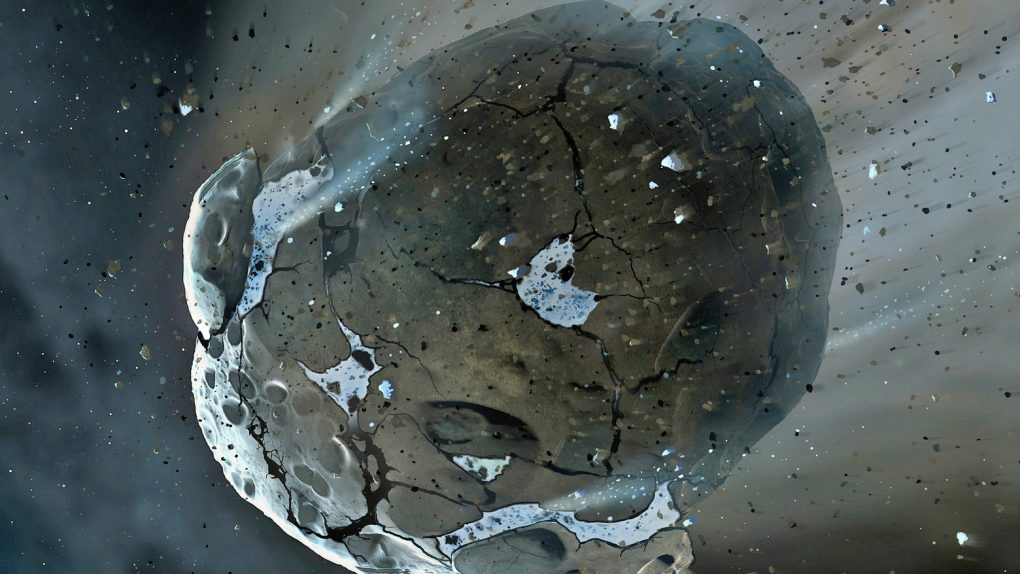We’ve all seen Armageddon, so it’s easy to imagine that Earth could potentially be saved from a killer asteroid by a ragtag group of scientists and engineers led by Bruce Willis, but the reality is of course much different. Now, a new study suggests that not only would destroying an incoming asteroid be difficult, but it might be even harder than the most pessimistic estimates have projected.
The work, which was carried out by researchers at Johns Hopkins, suggests that obliterating a threatening space rock is going to take far more power than anyone had imagined.
The research team used an updated computer model that is thought to more accurately predict the behavior of a large rock like an asteroid upon impact with another object. What they found was that while previous estimates suggested that certain impacts would result in the complete destruction of a large, Earth-killing space rock, their new model revealed that an asteroid would likely endure much more punishment and remain intact.
“We used to believe that the larger the object, the more easily it would break, because bigger objects are more likely to have flaws,” Charles El Mir, lead author of the research, said in a statement. “Our findings, however, show that asteroids are stronger than we used to think and require more energy to be completely shattered.”
The paper, which was published in the journal Icarus, points to more energy being needed to fracture large asteroids into smaller chunks. Smaller impacts could create craters on the asteroid’s surface, but would allow the core to remain intact, doing little to affect the survival prospects of any planet in its path.
“If there’s an asteroid coming at earth, are we better off breaking it into small pieces, or nudging it to go a different direction? And if the latter, how much force should we hit it with to move it away without causing it to break? These are actual questions under consideration,” El Mir notes. “We need to have a good idea of what we should do when that time comes – and scientific efforts like this one are critical to help us make those decisions.”








